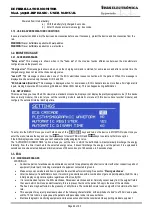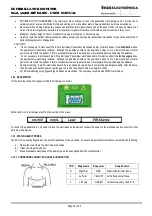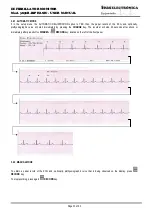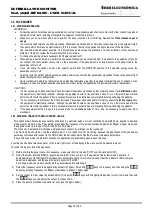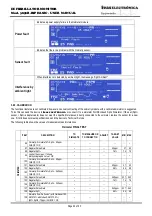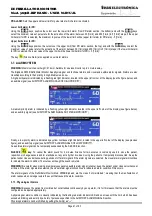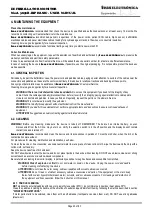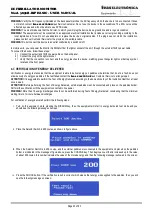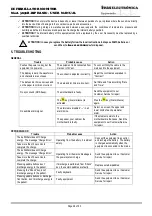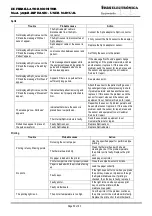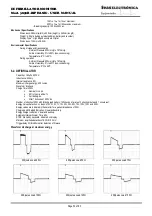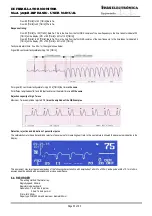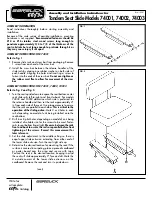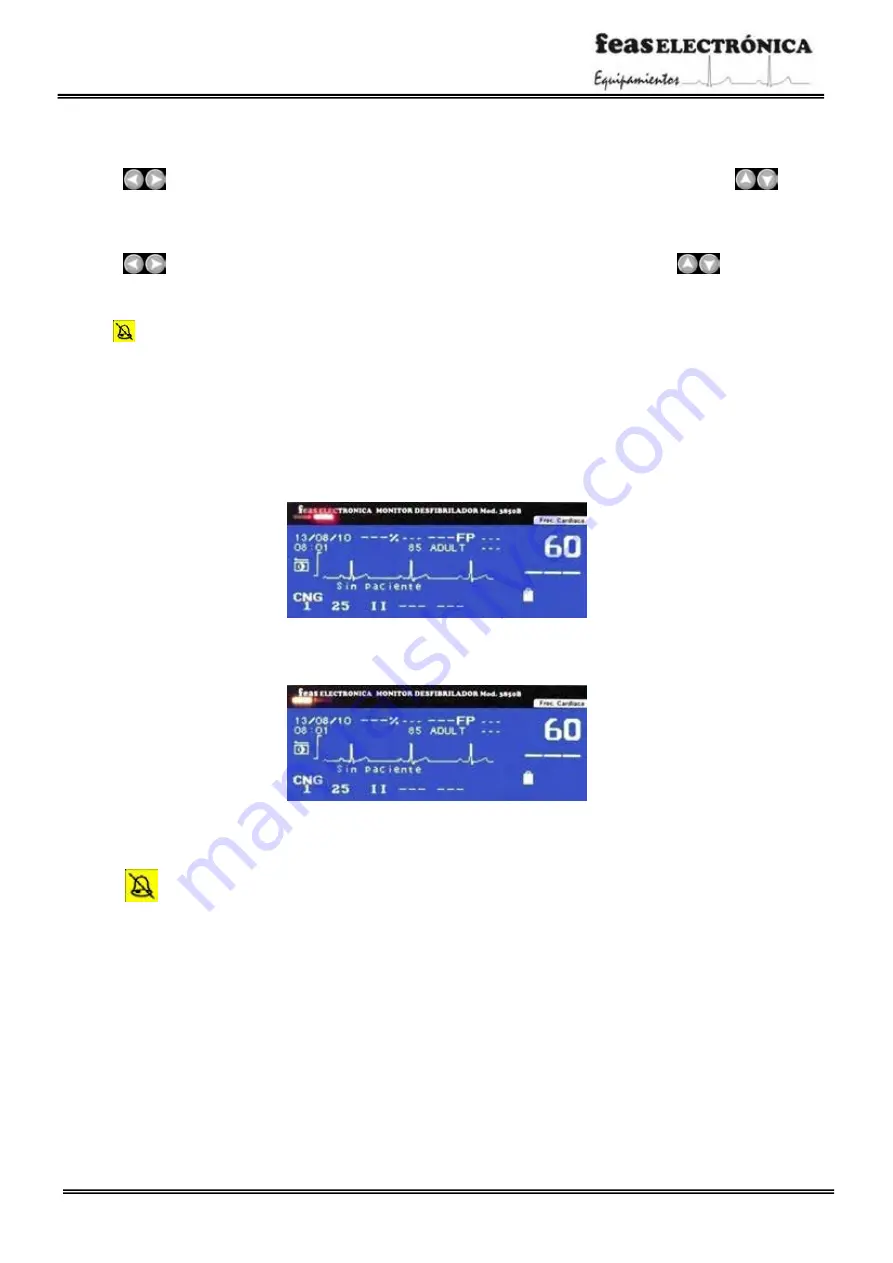
DEFIBRILLATOR MONITOR
Mod. 3850B-BIPHASIC - USER MANUAL
Page 41 of 63
PR ALARM: Sets the upper and lower limit for pulse rate at which alarm is activated.
Lower limit alarm for PR:
Using the
keys, position the cursor over the lower limit alarm (from PR alarm section, the bottom) and with the
keys
select the minimum value of pulse rate for the activation of the alarm; between 30 [1/min] and 250 [1/min] in 5 [1/min] steps; if the upper
limit alarm for PR is selected, the maximum top value of the lower limit will be (upper limit alarm for PR alarm) - 5 [1/min].
Upper limit alarm for PR:
Using the
keys position the cursor over the upper limit (from PR alarm section, the top) and with the
keys select the
maximum value of pulse rate for the activation of the alarm; between 30 [1/min] and 250 [1/min] in 5 [1/min] steps; if the lower limit alarm
for PR is selected, the lower value of the upper limit will be (lower limit alarm for PR) + 5 [1/min].
The key
(Silence Alarm) also applied on oximeter alarms.
3.7. ALARM SYSTEM
WARNING! Maximum channel height: 21.2mm. Suitable for use as a monitor up to 2 meters away.
The Biphasic 3850B Defibrillator Monitor has physiological and technical alarms and visual and audible alarm signals. Alarms are also
classified according to their priority in High, Medium and Low.
A high priority alarm is indicated by a flashing red light indicator, located in the upper left corner of the display (see the figure below), and
an audible signal (see AUDITORY ALARM SIGNALS OF HIGH PRIORITY).
A medium priority alarm is indicated by a flashing yellow light indicator, located in the upper left corner of the display (see figure below),
and an auditory signal (see AUDITORY ALARM SIGNALS OF MEDIUM PRIORITY).
Finally, a low priority alarm is indicated by a yellow continuous light indicator, located in the upper left corner of the display (see previous
figure), and an auditory signal (see AUDITORY ALARM SIGNALS OF LOW PRIORITY).
An audible alarm signal can be temporarily suspended by the SILENCE function.
SILENCE
key: To cancel the alarm sound for 2 minutes. Silence for two minutes is commonly used to move the patient,
reposition or change sensors and/or electrodes or any activity that involves moving the patient or temporarily disconnected. Keep the
patient under close surveillance during periods of off alarm signals. If the alarm signals are selected, the visual alarm signal will continue
to indicate the alarm condition if it occurs even though the sound is muted.
WARNING! Be careful when making a temporary suspension audible alarm signal (silence), keep the patient under close surveillance at
all times. If the alarm signals are selected, the visual alarm signal will continue to indicate an alarm condition if this occurs.
The alarm signals of the Defibrillator Monitor Mod. 3850B-Biphasic, are the class “not maintained”, meaning that the manifestation of
alarm ceases when no longer exists the event that caused the alarm condition.
3.7.1. Physiological Alarms
WARNING! Because the patient is monitored but not attended continuously by an operator, it is for this reason that the alarms must be
configured and adjusted appropriately.
A physiological alarm condition is visually indicated by the flashing red alarm indicator LED and on screen with the limit, which has been
exceeded, blinking and aurally by a burst of pulses as specified in the AUDITORY ALARM SIGNALS section.
Physiological alarms can be inhibited by setting the limit(s) as “---”.



